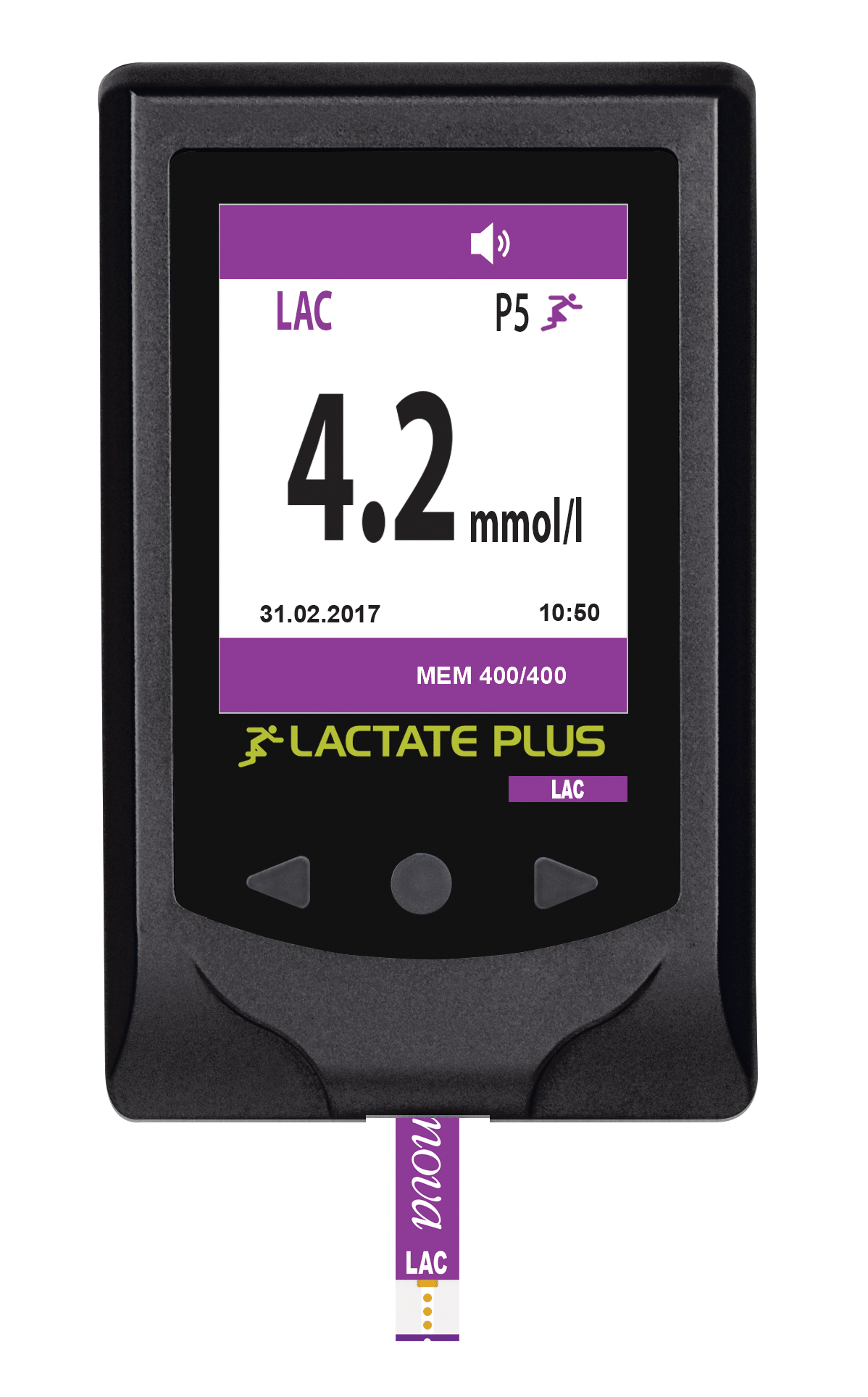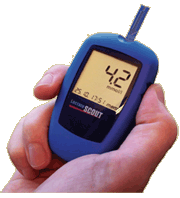Secrets of Lactate Course
Available online - Click for details
Lactate Threshold Discussion - Part 3
(If you entered this page first it is probably best to go to Part 1. The information is meant to be read in order)
Economy of Movement
Economy of Movement - This factor can represent a lot of things. One simple way to look at it is that athletes whose movement is more efficient or economical will accomplish the same objective with less energy. Some athletes just use a little less energy to do the exact same thing and this has more to do with anatomy and physiology than training. But extraneous movement, extra weight, materials that cause friction will also cause the athlete to use extra energy. Athletes spend a lot of time training to improve form or style and thereby improve Economy of Movement They will also use materials that lessen the energy expended to accomplish a specific effort. For example, the lighter the bike the easier the effort. While this later has little to do with movement, it is considered under this topic.
Economy of Movement is actually a much more complex factor and parts of it are not well understood. While stroke mechanics in swimming, rowing motion, running motion/mechanics and cycling cadence, position and movement affect efficiency of movement, there appear to be other factors that are not well understood. Neurological recruitment of different types of muscle fibers and body type are also important. All the energy generated within the muscles does not end up contracting the muscles. Most ends up as heat and only about 18-22% gets used for the actual contraction. The average is about 20% so those who are able to get 22% have an advantage over those who get only 18%. A factor that explains some of this difference is the percentage of slow twitch muscle fibers. The higher the percentage of slow twitch fibers, the greater the efficiency of the muscles in converting metabolic energy into athletic motion.
In terms of economy or efficiency, athletes adjust their equipment to provide better economy. High-tech swimsuits, shaving of body hair in swimming, rigging in rowing, shoe types in running, frame design, clothing, helmet design and gearing ratios in cycling--all affect the energy expenditure for a given rate of speed or power. We met a runner recently who claims that running barefoot is more efficient. All of these will make an athlete faster without one iota of change in physiology. Cyclists spend thousands of dollars on their bikes and some have more than one in order to get better efficiency in a particular race.
So it is possible to increase an athlete's lactate threshold by changing non-physiological parameters. For example, we recommend that recreational triathletes improve their swimming stroke first before they ever try to measure their threshold in swimming. And we know a coach of triathletes and distance runners who will carefully analyze the running motion of her athletes to make them more efficient. For one athlete she emphasized less vertical motion in order to improve the athlete's turnover and economy.
But the interesting thing is that changes in VO2 max and economy affect the lactate threshold and not the other way around. So the model from the first section is wrong in that too. This model shows three independent factors and it is obviously not true.
Let's look at a revised model.


